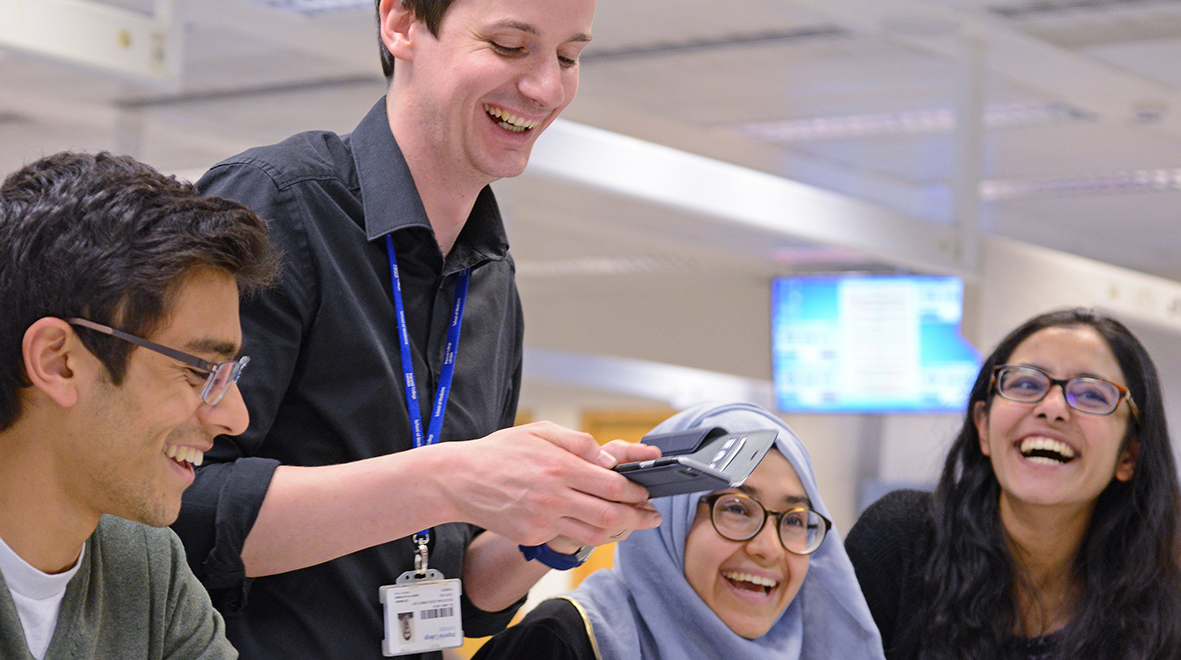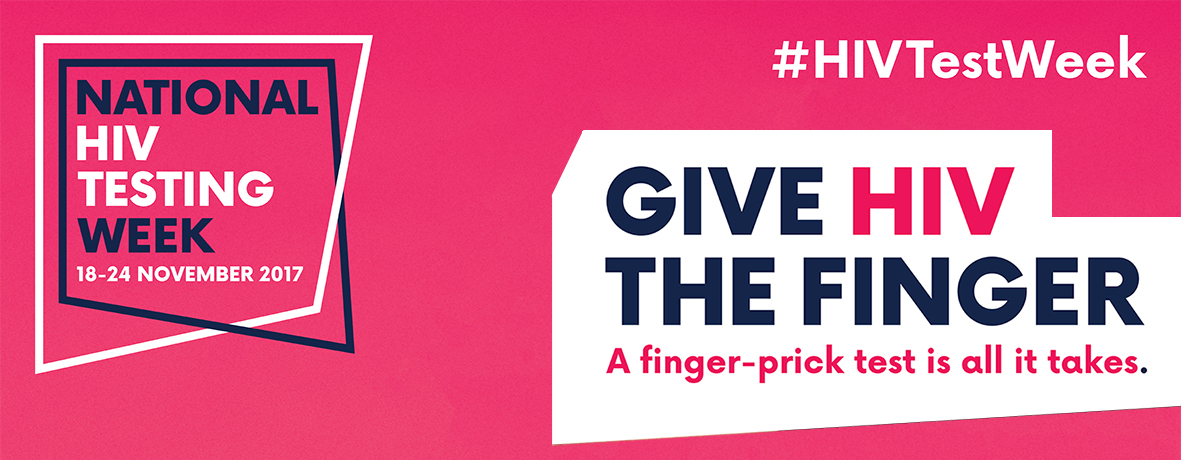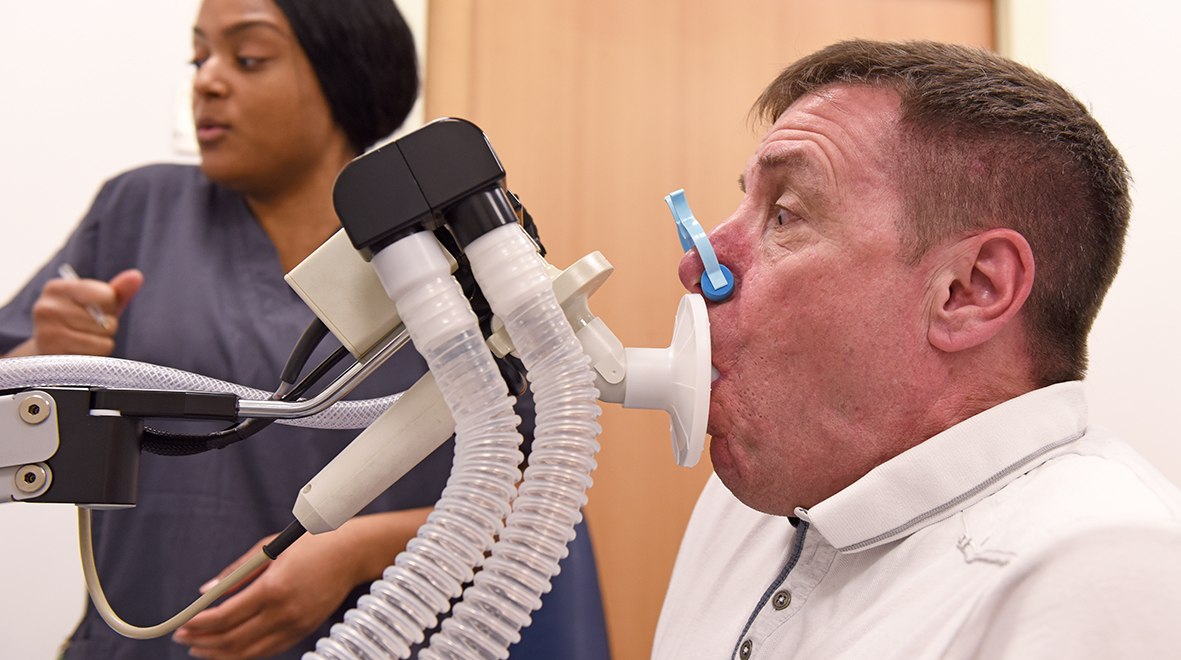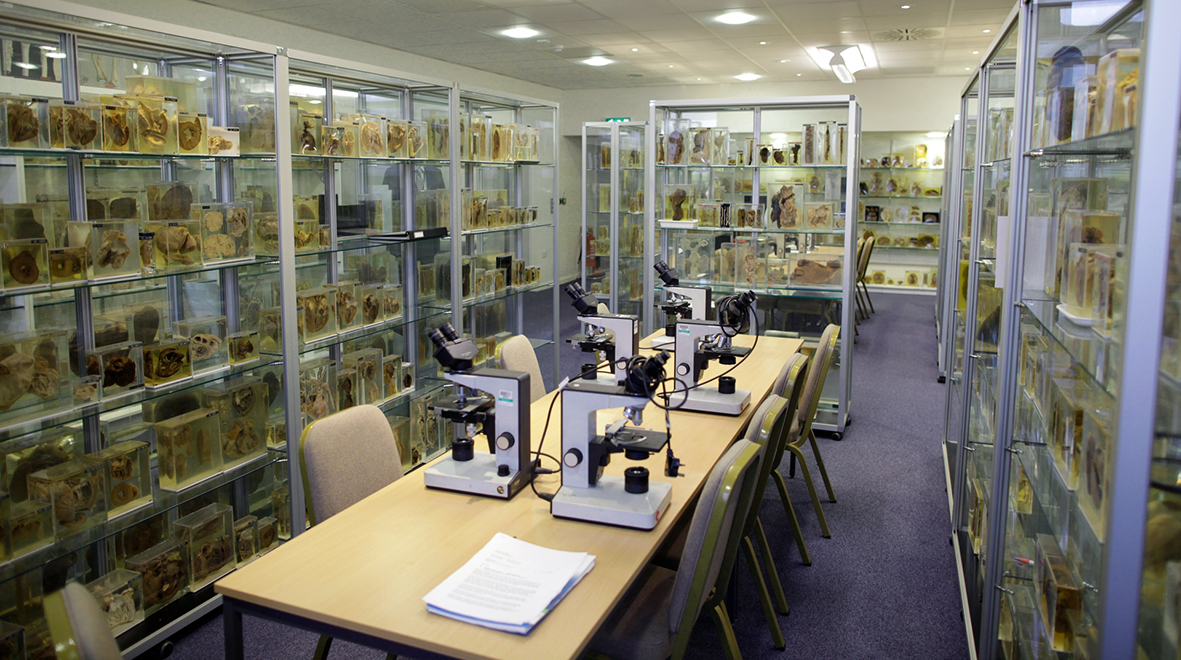
For World Osteoporosis Day, Dr Victoria Leitch provides an insight into how her research in osteoporosis is working towards new treatments for this common condition.
As a young girl I spent many long afternoons in piano lessons.
Years later, I remember very little from the lessons – but I do vividly remember the teacher. She was very strict, had hair like candy floss and a severe hunch. She always made the lessons run long, but she would give me a chocolate bar if I helped her hang out her washing afterwards. She needed my help because she couldn’t reach the washing line anymore. One day I asked my mum why she had a hunched back and she told me it was because she had osteoporosis. At the time I didn’t really comprehend what that meant, but I knew it wasn’t good. One day she fell and broke her hip, and sadly, not long after that she passed away. As you read my story, I am sure it sounds familiar to a lot of you. Maybe not with a piano teacher, but with a relative, family friend or neighbour. The reason I say that is due to the rising prevalence of osteoporosis – one in three women and one in five men over the age of 50 are affected. (more…)
Read World Osteoporosis Day: love your bones! in full
 James Moss, a Teaching Fellow, provides an insight into his role, from exam marking to supporting research projects.
James Moss, a Teaching Fellow, provides an insight into his role, from exam marking to supporting research projects. 








